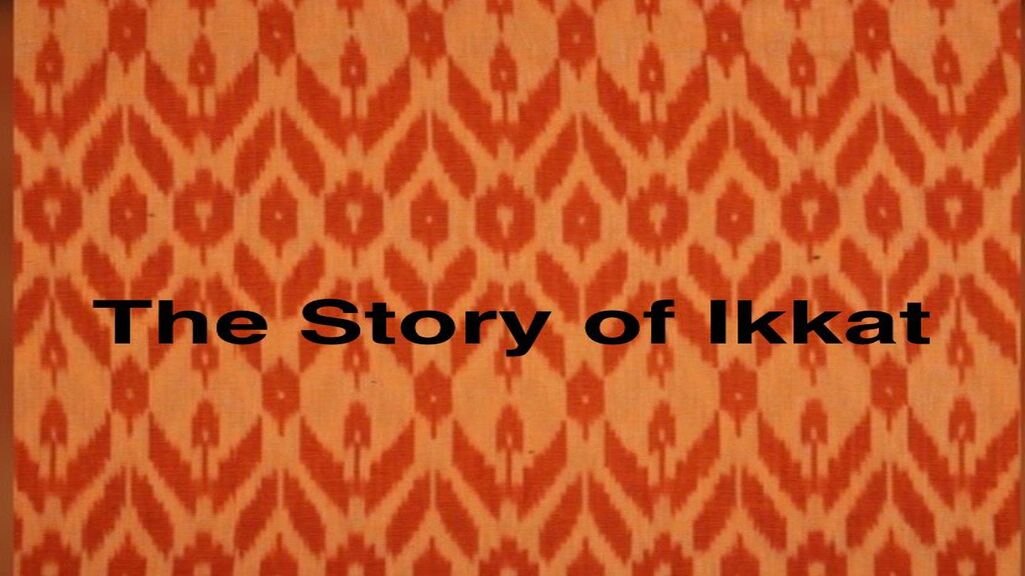
India’s rich textile heritage boasts of many unique and intricate weaving techniques, and one of the most captivating among them is Ikkat. Known for its vibrant patterns, blurred edges, and painstaking craftsmanship, Ikkat is more than just a fabric — it’s a story woven into threads.
What is Ikkat?
Ikkat (also spelled Ikat) is a dyeing technique used to create patterns on fabric by resist dyeing the yarns before they are woven. This age-old craft is practiced in different parts of India, with each region offering its own style and variation — such as Pochampally Ikkat (Telangana), Patola (Gujarat), and Sambalpuri Ikkat (Odisha).
What makes Ikkat unique is the precision with which the yarns are dyed to match a pre-conceived design — so that when the yarns are woven together, a beautiful pattern emerges as if by magic.
How is Ikkat Made?
The Ikkat weaving process is both artistic and labor-intensive. It involves several meticulous steps:
1. Yarn Selection and Preparation

2. Design Marking
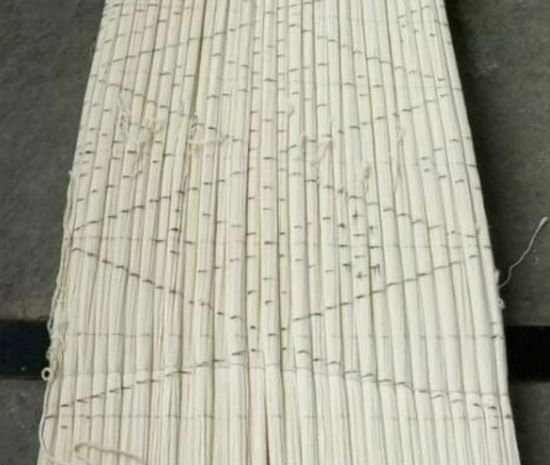
The design is either drawn on paper or marked directly on the yarn. The patterns can be geometric, floral, or symbolic, depending on the tradition of the region.
3. Tying the Yarn (Resist Binding)
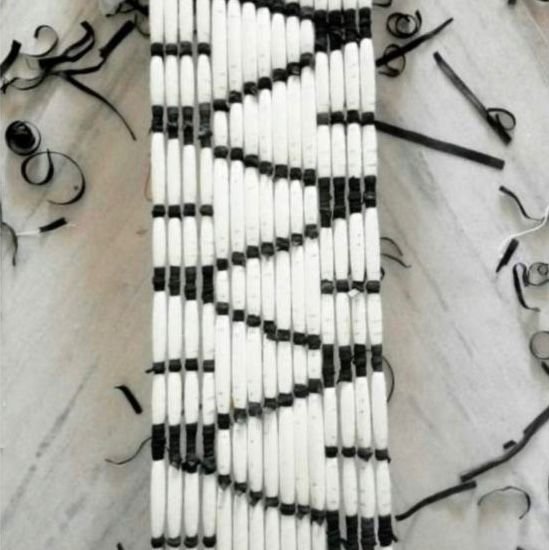
Rubber bands, threads, or bindings are tightly tied on specific sections of the yarn to resist dye penetration. These tied sections remain uncolored when the yarn is dyed.
4. Dyeing
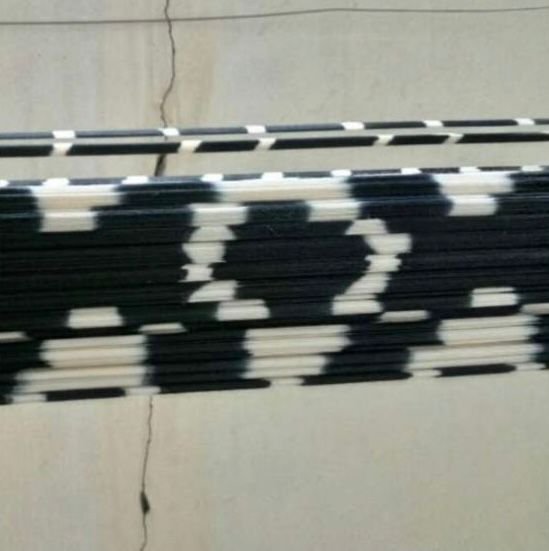
The yarn is dyed with the first base color. After drying in the sun (a crucial part of the process), the bindings are removed. If more colors are needed, the yarn is re-tied and dyed again. This step is repeated for every additional color in the design.
5. Drying and Setting
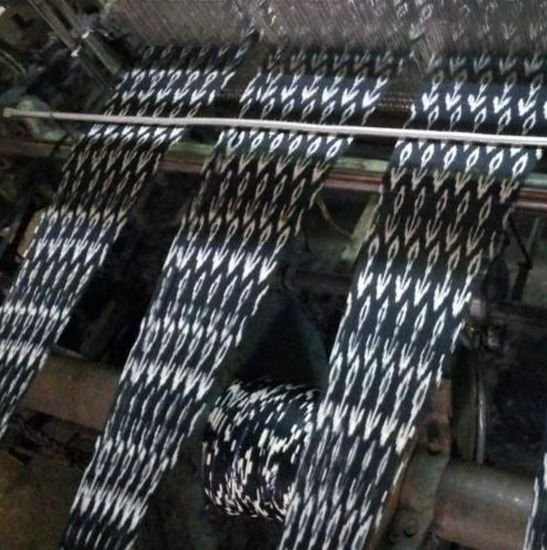
Once the final dyeing is done, the yarn is stretched out under the sun to dry completely. This ensures vibrant, long-lasting colors.
6. Weaving the Fabric
The dyed yarn is wound onto cones and then arranged on a loom — either manual or electric. It takes 32 cones of yarn to weave around 24 meters of fabric. Manual looms may take 16 hours or more, while electric looms take about 12 hours for the same length.
Types of Ikkat
- Single Ikkat: Only the warp or weft yarns are resist-dyed.
- Double Ikkat: Both warp and weft yarns are dyed and carefully aligned. This is extremely complex and practiced in places like Patan (Gujarat).
- Combined Ikkat: A mix of single and double ikkat techniques.
Why is Ikkat Special?
Each Ikkat piece is handcrafted and unique, often taking days or even weeks to complete. The slightly blurred patterns — a result of pre-dyeing — are a signature style, making each fabric look like a piece of painted art. The process showcases the artisan’s skill, patience, and deep understanding of dye, yarn, and geometry.
In Conclusion
Ikkat is not just a weaving technique — it’s a cultural expression. It blends tradition with craftsmanship, offering fabrics that are timeless and globally admired. Whether in the form of sarees, dupattas, or contemporary wear, Ikkat continues to charm textile lovers around the world.
So next time you wear an Ikkat piece, know that you’re wearing a story spun in yarns — a story of heritage, artistry, and India’s incredible handloom legacy.


Add comment